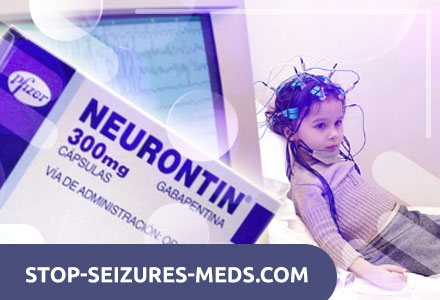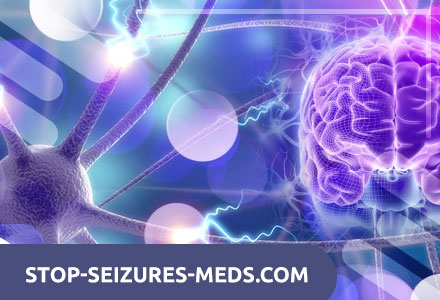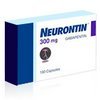Characteristics of the substance Gabapentin
White or not quite white crystalline substance, easily soluble in water and in basic and acidic aqueous solutions. Molecular weight 171.24.
Pharmacology
Pharmacological action - analgesic, anticonvulsant. Prevents the occurrence of epileptic seizures when convulsions are induced by maximal electroshock and pentylenetetrazole in mice and rats, as well as on other preclinical models (for example, a line with genetically conditioned epilepsy, etc.). The relevance of these models for epilepsy in humans is not established.

Gabapentin has a structural similarity to the GABA neurotransmitter, but does not change the radioligand binding of GABA to GABA or GABAA receptors, is not metabolized to GABA or the GABA receptor agonist, and does not inhibit GABA capture or destruction. In studies using the method of radioligand binding, gabapentin did not show affinity for a number of other receptors, including benzodiazepine, glutamate, N-methyl-D-aspartate, quasqualitic, kainate, glycine (strychnine-insensitive and strychnine-sensitive), alpha1 -, alpha2- and beta-adrenergic, adenosine A1 and A2, muscarinic and nicotinic cholinergic, dopamine D1 and D2, H1-histamine, serotonin 5-HT1 and 5-HT2, opiate mu, delta and kappa, cannabinoid 1, and to binding sites in sensitive calcium channels (labeled with nitrendipine or diltiazem) or voltage-sensitive sodium channels (labeled with 20-alpha-benzoate batrachotoxinin A). In addition, gabapentin did not affect the cellular uptake of dopamine, noradrenaline and serotonin.
In studies using radiolabelled gabapentin, binding sites for gabapentin in rat brain tissues, including the neocortex and hippocampus, have been identified. The protein in the brain tissues of animals with a high affinity for gabapentin is identified as an additional subunit of the voltage-activated calcium channel. The clinical significance of this binding has not yet been established.

In experimental studies, gabapentin prevents allodynia and hyperalgesia, and especially the pain response in various models of neuropathic pain in rats and mice (streptozocin-induced diabetes models, spinal cord injuries, etc.). In addition, it reduces the pain response to the model of peripheral inflammation, but does not affect the direct behavior caused by pain. The relevance of these models for pain in humans is not established.
The efficacy of gabapentin as a means of adjuvant antiepileptic therapy in adults and children (3 years and older) with refractory partial epileptic seizures was established in multicenter, placebo-controlled, double-blind clinical studies with parallel groups.
 US
US AU
AU CA
CA DE
DE FR
FR IT
IT ES
ES




